Types Of Optical Connectors Unlike electrical connectors fiber optic connectors allow light signals instead of electrical signals which requires the connector to be much more precise They have low insert loss the best insertion repeatability high return loss and a long lifetime
On this page we ll compare the different types of fiber optic connectors including their unique features advantages and disadvantages What is Fiber Optic Cable Used For Fiber optic cable is used to transmit data using light over long distances Optical fiber connectors are devices used to join or terminate optical fibers allowing for the efficient transmission of light signals between fiber optic cables They provide a secure and reliable connection ensuring optimal performance and low signal loss in fiber optic communication systems
Types Of Optical Connectors

Types Of Optical Connectors
https://i.ytimg.com/vi/4Ovqe3XjRqM/maxresdefault.jpg?sqp=-oaymwEmCIAKENAF8quKqQMa8AEB-AH-CYAC0AWKAgwIABABGEcgVShlMA8=&rs=AOn4CLDRixhi7blcBDw7VP1q5MD3EhGYJQ

Fiber Optic Tech Tip What Are The Most Common Fiber Optic Connectors
https://i.ytimg.com/vi/eZkyfU5KC8Q/maxresdefault.jpg
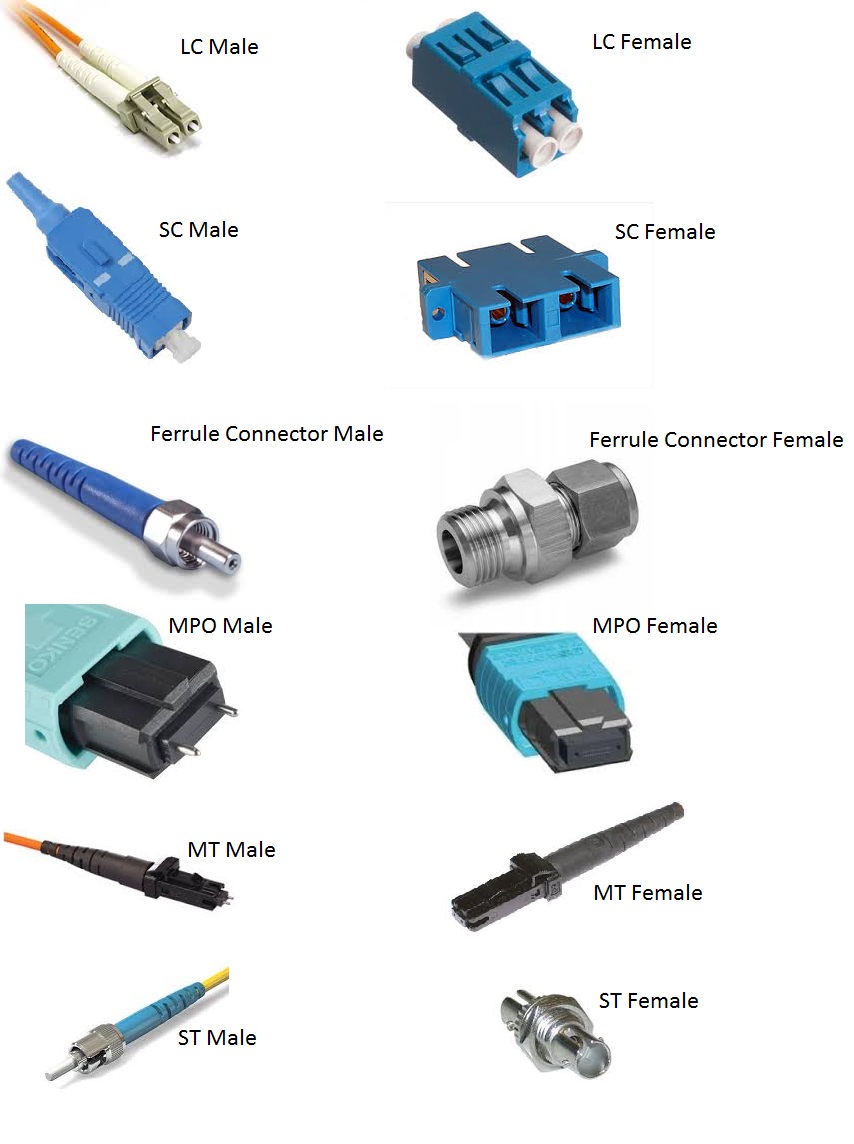
Fiber Optic Connector Types A Beginners Guide 42 OFF
https://www.rcannings.com/content/images/2015/01/Optical-Connectors.jpg
Compared to Copper cables Fiber connector types are incredibly varied Where copper twisted pairs tend to terminate with an RJ45 plug fiber optic connectors come in all sorts of shapes and sizes with all manner of different use cases in mind Optical connectors are the physical interface that links an optical device to a fiber optic cable Fiber optics are used in many applications including medical imaging automotive military industrial and commercial e g telecommunications
Connectors are designed for single mode or multi mode fiber optic cables In fiber optic communication a single mode optical fiber or SMF is designed to carry only a single mode of light used over long distances greater than 500 m like in interbuilding connections or WANs wide area networks These connectors can be divided into two types The ber is stabilized by an internal crimp mechanism and these connectors are available in SC ST and FC styles No Polish and No Epoxy Simple design and low cost are the hallmarks of these connectors
More picture related to Types Of Optical Connectors

Fiber Connector Types HOC 54 OFF Www micoope gt
https://www.honecable.com/wp-content/uploads/2023/09/fiber-connector-types-.jpg
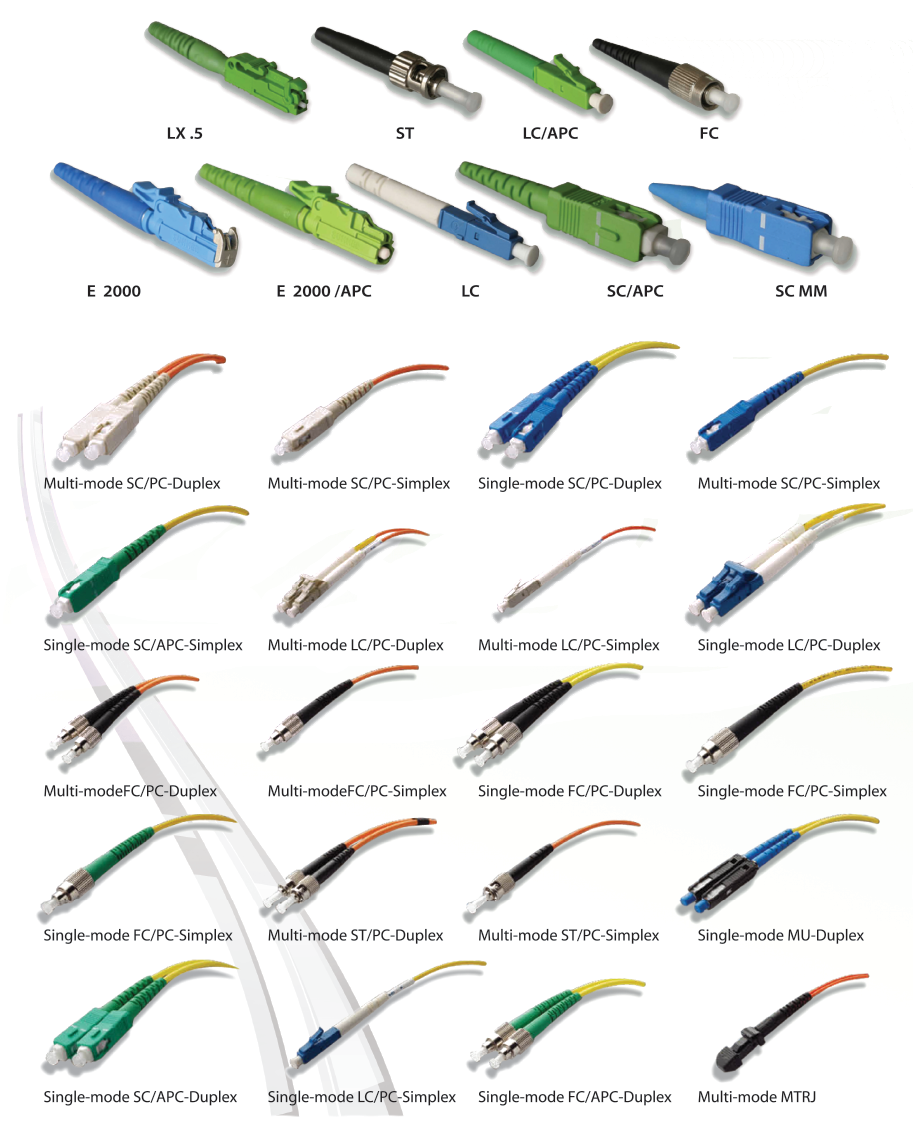
Fiber Optic Network Solutions Bangladesh Ltd
http://www.fonsbd.com/images/products/fiber_optic_connector2.png

Optical Loopbacks Signal Solutions
https://signalsolutions.eu/wp-content/uploads/2023/01/loopback.png
Several types of fiber optic connectors exist each designed for specific applications The SC connector offers easy push pull insertion and removal ideal for dense network setups The LC connector is small and favored for high density installations On the other hand the ST connector is robust and commonly used in industrial environments Why Choosing the Right Fiber Optic Connector Types Is Important Choosing the right fiber connector types can help maximize signal transmission and preserve data quality This is especially true over long distance lines Fiber optic cables are made up of thin glass strands that can transmit light The glass fiber core is encased in protective
[desc-10] [desc-11]
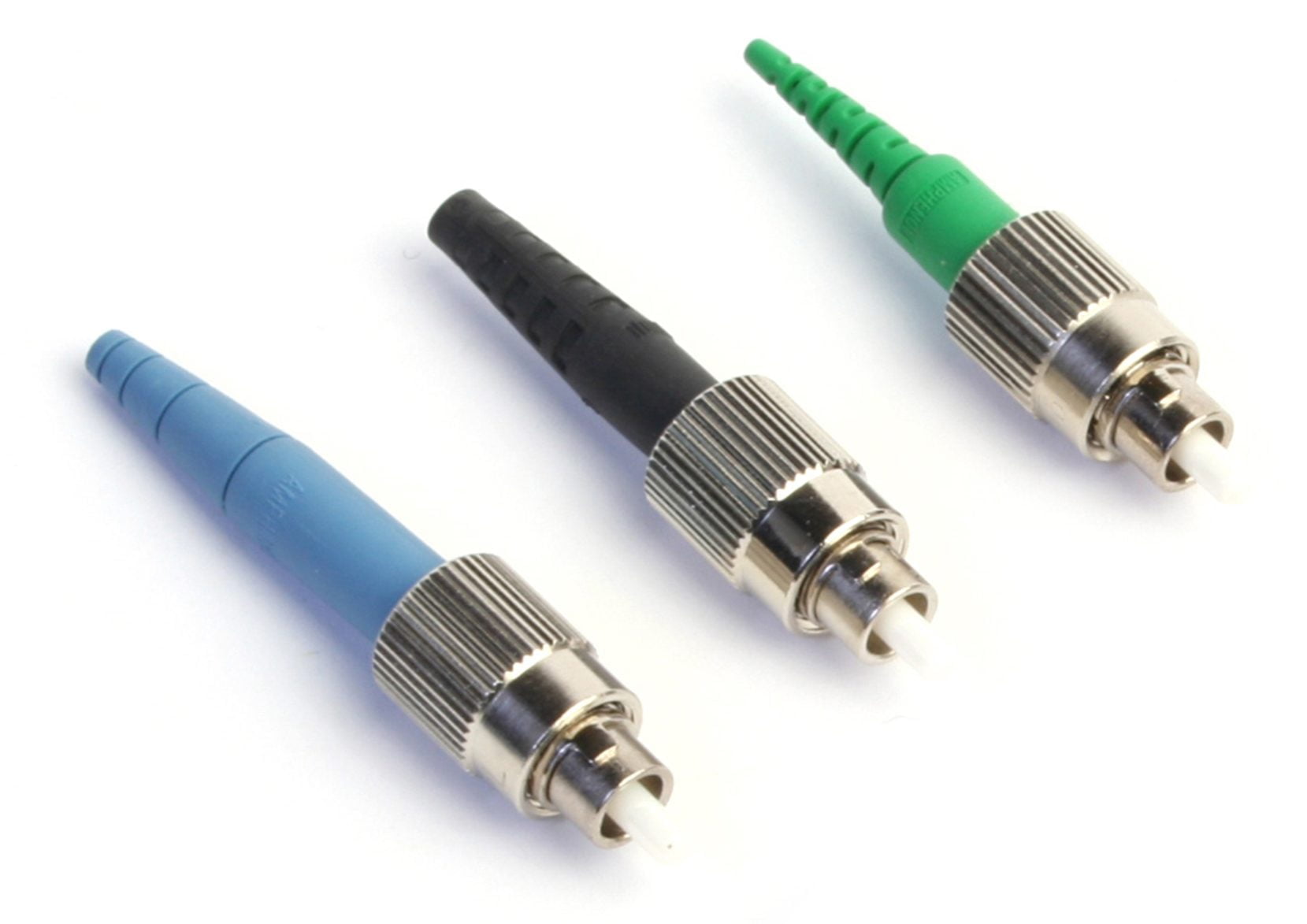
FC Connector
https://mefiberoptic.com/wp-content/uploads/2020/08/FC-Fiber-Optic-Connectors-3.0mm-2.0mm-0.9mm-Boot-size-e1597381686607.jpg
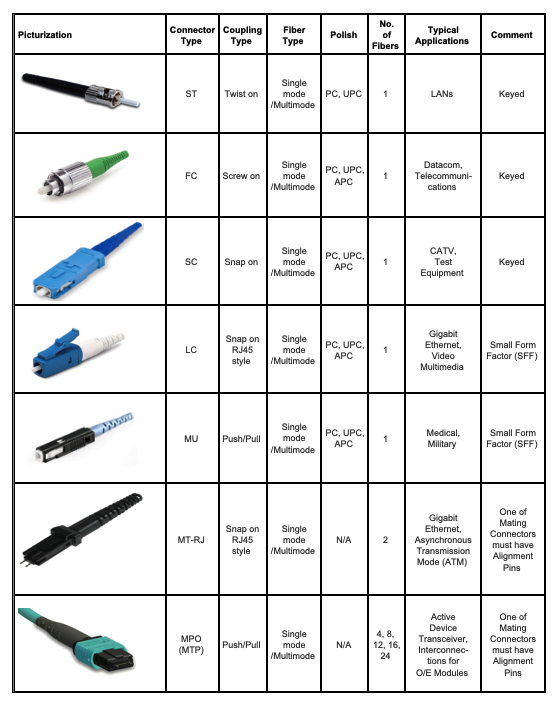
Different Types Of Fiber Optic Cable Connectors With Various Features
https://dc.mynetworkinsights.com/wp-content/uploads/2019/10/Fiber-Optic-Connectors.png

https://www.optcore.net › fiber-connector-types
Unlike electrical connectors fiber optic connectors allow light signals instead of electrical signals which requires the connector to be much more precise They have low insert loss the best insertion repeatability high return loss and a long lifetime

https://fibercablesdirect.com › content
On this page we ll compare the different types of fiber optic connectors including their unique features advantages and disadvantages What is Fiber Optic Cable Used For Fiber optic cable is used to transmit data using light over long distances
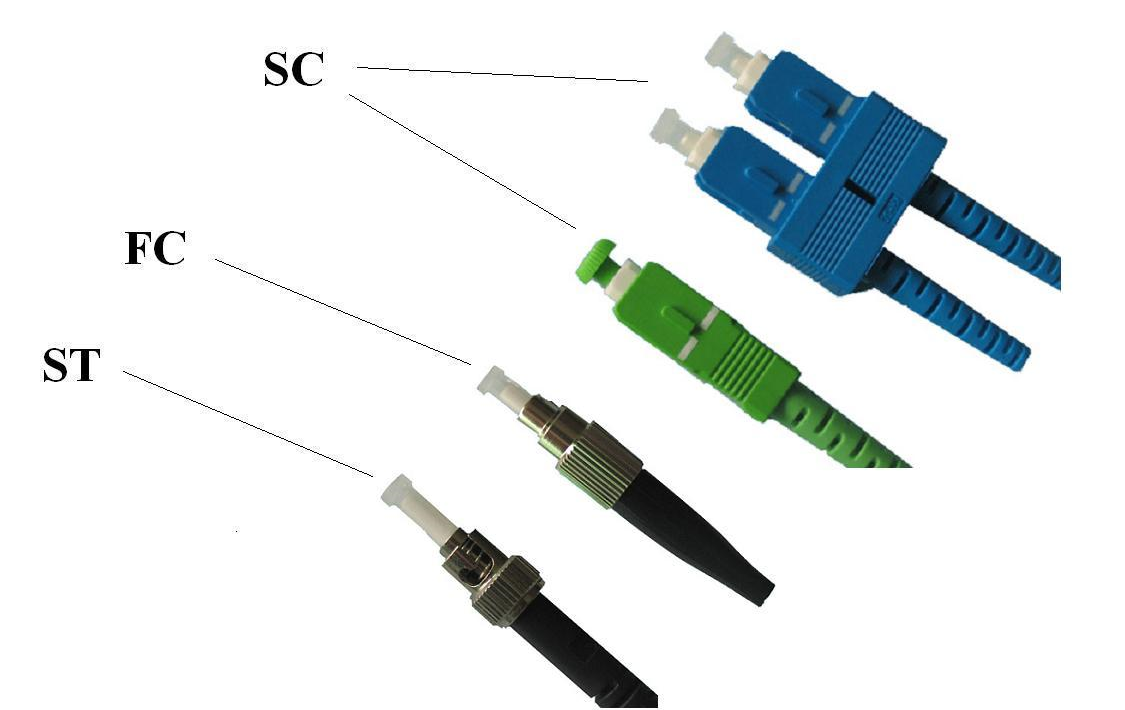
Fig 1 Various Types Of Optical Connectors Optical Systems

FC Connector

Optical Connectors Fiber Optics Connectors Radiall
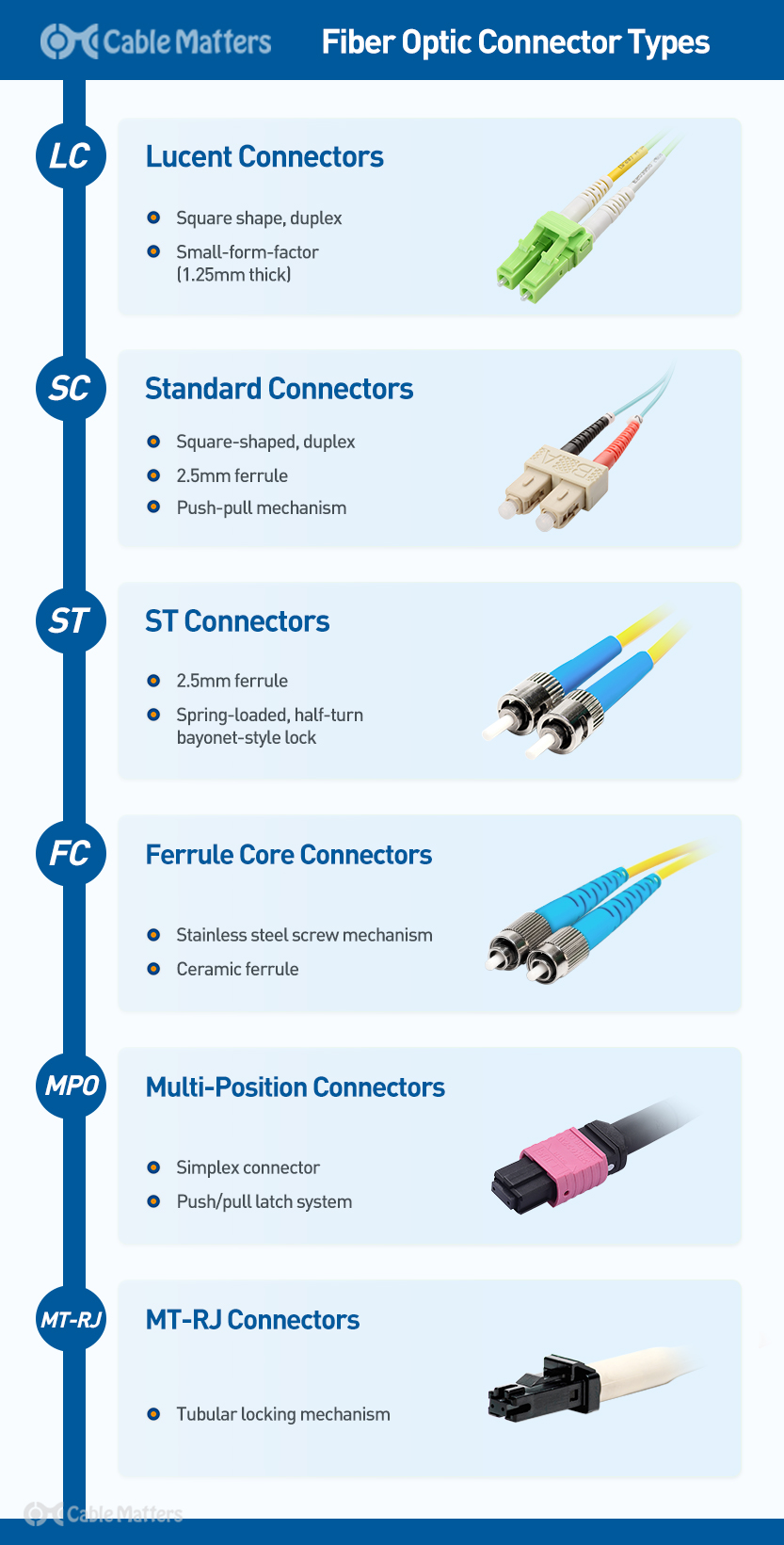
Optical Fiber

Optical Connector Types Optical Modules Fiber Optic Transmitters

Choosing Fiber Connectors Cleerline SSF Fiber Optics

Choosing Fiber Connectors Cleerline SSF Fiber Optics
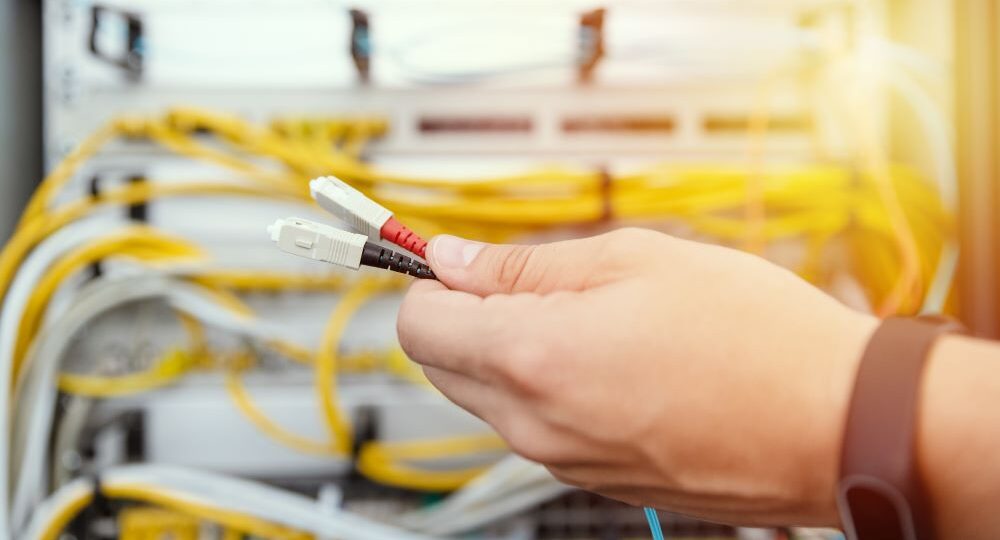
Different Types Of Optical Connectors Inneos Inneos
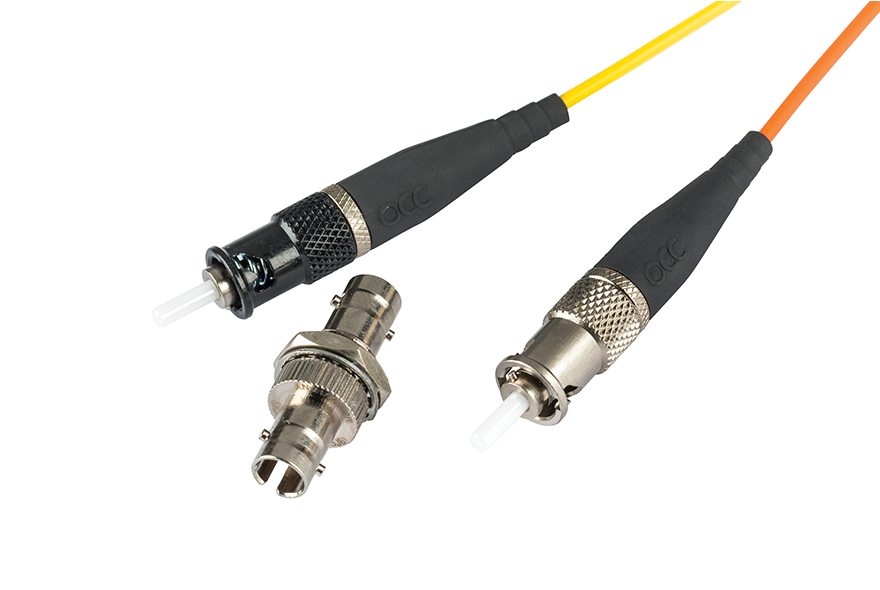
Single Terminus ST Connectors Optical Cable Corporation
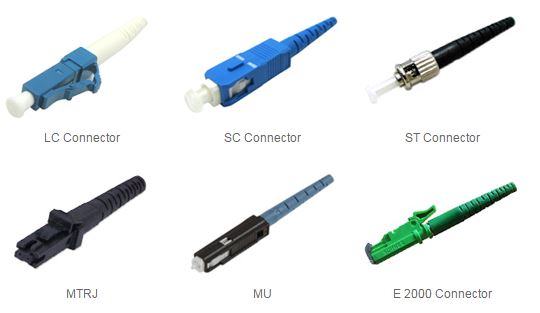
Different Types Of Fiber Connectors
Types Of Optical Connectors - Optical connectors are the physical interface that links an optical device to a fiber optic cable Fiber optics are used in many applications including medical imaging automotive military industrial and commercial e g telecommunications